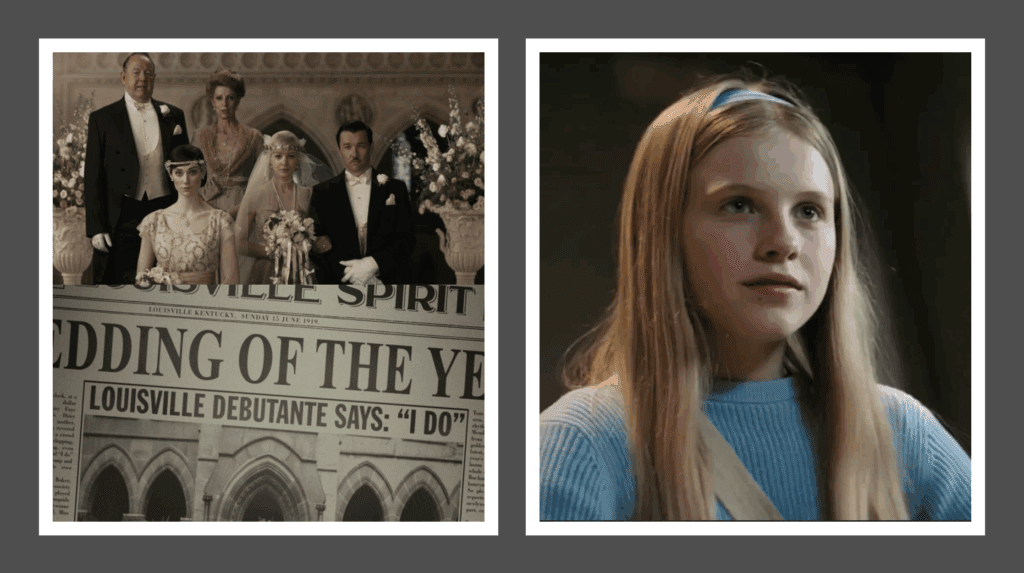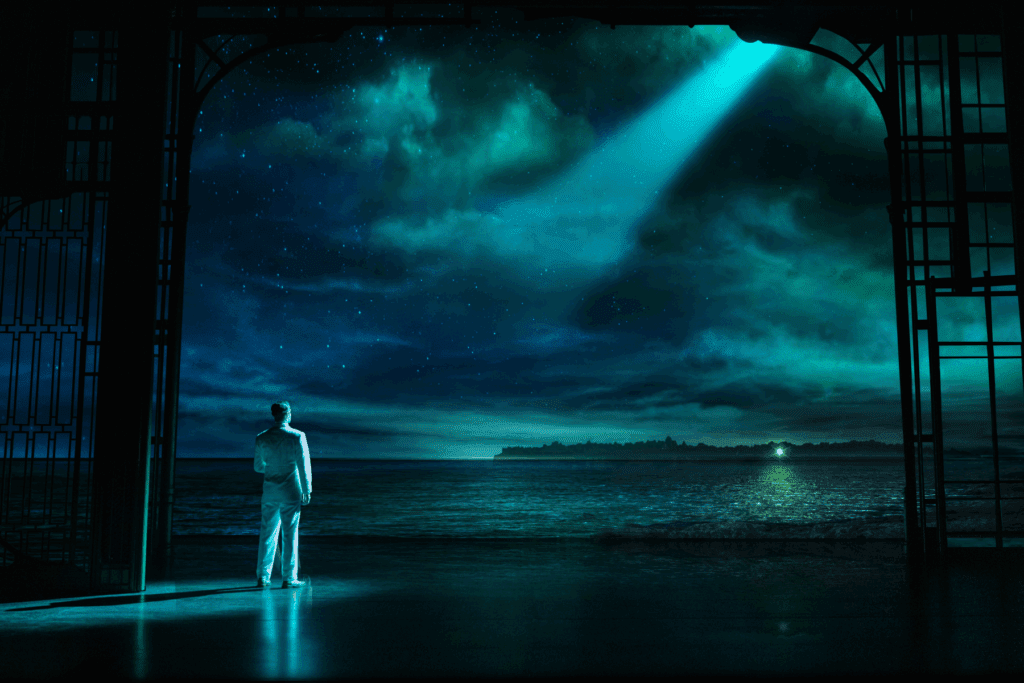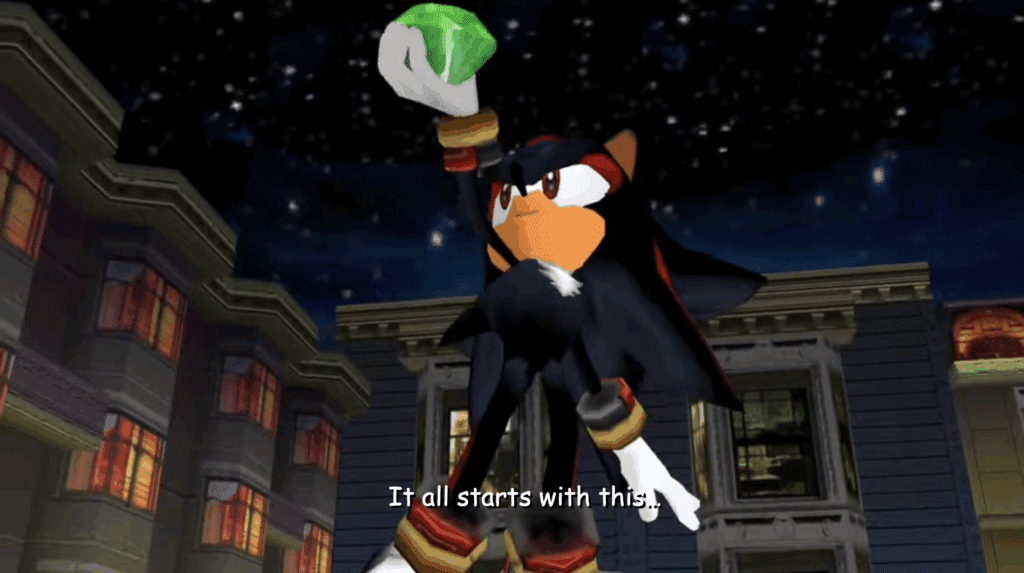Multimodal Final Project & Presentation: EXPO 1213-001 with Dr. Catherine Mintler
When you think of The Great Gatsby, your mind certainly does not immediately think of Shadow the Hedgehog (honestly the entire Sonic franchise as a whole really). I certainly didn’t until a couple nights ago I decided to mess around with ChatGPT. I had already been messing around with ChatGPT’s capabilities with seeing who it’d cast in a live-action adaptation of Part 3 of JoJo’s Bizarre Adventure: Stardust Crusaders. I was laughing around with one of my friends over an Instagram post where Jack Black was Jotaro Kujo. We asked ChatGPT who he’d be replaced by and had a blast with its answers. After we had our fun, I thought to myself, “I wonder what else I could ask for…” I have been struggling with keeping up with blog posts, so I decided to ask if it could find any similarities between Shadow the Hedgehog and Jay Gatsby for gits and shiggles.
Boy, was I shocked.
I wasn’t shocked at the similarities. I was shocked at the obscurity of it. Like, who would’ve thought?
So, for my Multimodal Project and Final Presentation for this course, 21st Century Great Gatsby, I will be discussing the parallels between Shadow the Hedgehog and Jay Gatsby using literary and musical analysis.
Ghosts of What Once Was: The Wounds That Never Closed

Both Shadow and Gatsby are haunted by their pasts, and their trauma drives all of their motivations in the present.
For Shadow, it’s the tragic loss of Maria, his sister-like companion whom he had rich platonic love for. Shadow was created by Gerald Robotnik, Maria’s grandfather, to be the Ultimate Lifeform—an immortal, invulnerable, biological weapon commissioned by the United Federation (Sonic Universe United States) onboard the Space Colony ARK. However, after some time passes after his conception, the implied danger that Shadow poses to its commissioner causes GUN (Guardian Units of Nations, Sonic Universe CIA) to raid the ARK which kills Maria in the process. Shadow is captured by GUN and placed into suspended animation until he wakes up fifty years later by Dr. Eggman. Maria’s tragic death left him broken that he embarks on a quest for vengeance and retribution against humanity believing that by making humanity suffer as much as he has (by crashing the ARK into the Earth to destroy everything), he might finally find the peace to allow him to live in the present without Maria.
Similarly, Gatsby’s motivation is rooted in his lost, romantic love for Daisy Buchanan, whom he met and had a brief romance with before being shipped off to Europe to fight in World War I. While away, he visualizes a perfect future with Daisy upon his return all while enduring a hellish landscape. It’s what keeps him going, but when he returned, Daisy had moved on and married another man: Tom Buchanan. Combining Daisy breaking his heart with the silent shell shock of WWI, Gatsby spirals into the man we meet through Nick Carraway. Everything he does as a result of reality discouraging his vision—his wealth, his mansion, his lavish parties, his careful reinvention and construction of his iconic charismatic persona—is a desperate attempt to rewrite the present in manner that would free him from the traumatic shackles of the in-between. He clings to the belief that if their love can be restored, he’ll truly be able to live in the present and for the future.
Facing Reality: Sonic & Tom
Both Shadow and Gatsby face counterparts who represent the lives they could have led.
Shadow with Sonic, and Gatsby with Tom Buchanan.
In Sonic Adventure 2, Shadow’s debut game and main source for this project, Sonic and Shadow are rivals not just through their equal power but also in ideology. Sonic is carefree, grounded, and heroic by choice—everything that Shadow could have been under different circumstances. Their face-off is very intense, reflecting a collision of purpose and thought, but it’s not the wake up call that puts Shadow on the path of heroism just yet. That comes later on after his battle with Sonic when Amy Rose (one of Sonic’s friends) begs Shadow to change his mind and help them save the world from the ARK descending onto the Earth. During her pleading, she accidentally triggers his memories of Maria which caused him to put aside his rage to reorient himself in accordance to what Maria would have wanted.
Gatsby also has a physical confrontation with his rival: Tom Buchanan. Their fight is characterized by a dramatic clashing of class, control, and legitimacy. Tom ruthlessly destroys Gatsby’s dream with brutal blows that expose the cracks of his fantasy. But even then, Gatsby still refuses to let go. He still believes that Daisy will leave Tom for him. He doesn’t reorient himself to fit the best interest of Daisy. Gatsby continues plowing forward acting in his own selfish desires.
Both of these confrontations serve not only as physical reminders of what they are doing is wrong, but they also function as internal moments of doubt. However, their pursuit of chasing their dreams does not end here despite their face-off with reality.
Tragic Endings: A Memory Worth Dying For
Despite their similar struggles, the endings for Shadow and Gatsby are fundamentally different, though both are tragic in their own respective ways.
Shadow’s death is one of self-realization, self-actualization, and peace. After the iconic climactic battle against the FinalHazard (Sonic Adventure 2’s true final boss) which required him to team up with Sonic, Shadow chooses to sacrifice himself to protect humanity before it completes its deadly descent onto the Earth. In doing so, he honors Maria’s memory and finally accepts the past. In his final moments, he chooses to live with it in exchange for throwing his vengeance away as an act of redemption. Though his death is tragic, it is also empowered by choice.
Gatsby’s death, on the other hand, is a tragic culmination of his refusal to let go of the past. It reeks of the TikTok meme phrase, “Well if it isn’t the consequences of my own actions.” He is murdered by George Wilson while waiting for a call from Daisy that was never going to come in the first place. His death is passive. His end is the result of misplaced hope and toxic romanticization of an idealized life with Daisy. Unlike Shadow, Gatsby dies still clinging to a dream that was never meant to be. He was unable to break free from the illusion of his past.
Of Green Lights and Green Emeralds: What Did We Learn?

“…he stretched out his arms toward the dark water in a curious way, and, far as I was from him, I could have sworn he was trembling. Involuntarily I glanced seaward—and distinguished nothing except a single green light…”
– Nick Carraway, seeing Gatsby reach for the green light.

“It all starts with this…A jewel containing the ultimate power…”
– Shadow the Hedgehog, implying how the Green Chaos Emerald is the beginning of reaching satisfaction.
Shadow the Hedgehog can serve as a modern reflection of Jay Gatsby—a character who is famously defined by his trauma, idealism, and tragic end. While both characters are shaped by the events of their past, their journeys reveal a profound difference in how to confront reality. Shadow ultimately finds peace through his sacrifice as an act of redemption and closure, while Gatsby remains willfully shackled to the past, refusing to accept the destabilizing elements of the present. They’re two sides of the same coin.
Shadow dies with newfound, yet short-lived, purpose and clarity to honor Maria by choosing to save the world rather than destroying it.
Gatsby dies clutching to an illusion. He died alone, misunderstood, and forever waiting for a call that never comes.
The obscure, though comical in nature, literary parallel found in Gatsby and Shadow the Hedgehog not only serves as a testament to why The Great Gatsby continues to endure in the 21st century, but it also illustrates the extremities of what happens when we choose to live in the past or when we choose to accept it—another key reason to why the story of Gatsby resonates in modern-day media.
Bibliography
Fitzgerald, F. Scott. The Great Gatsby.
Sonic Adventure 2, SEGA, 2001.
